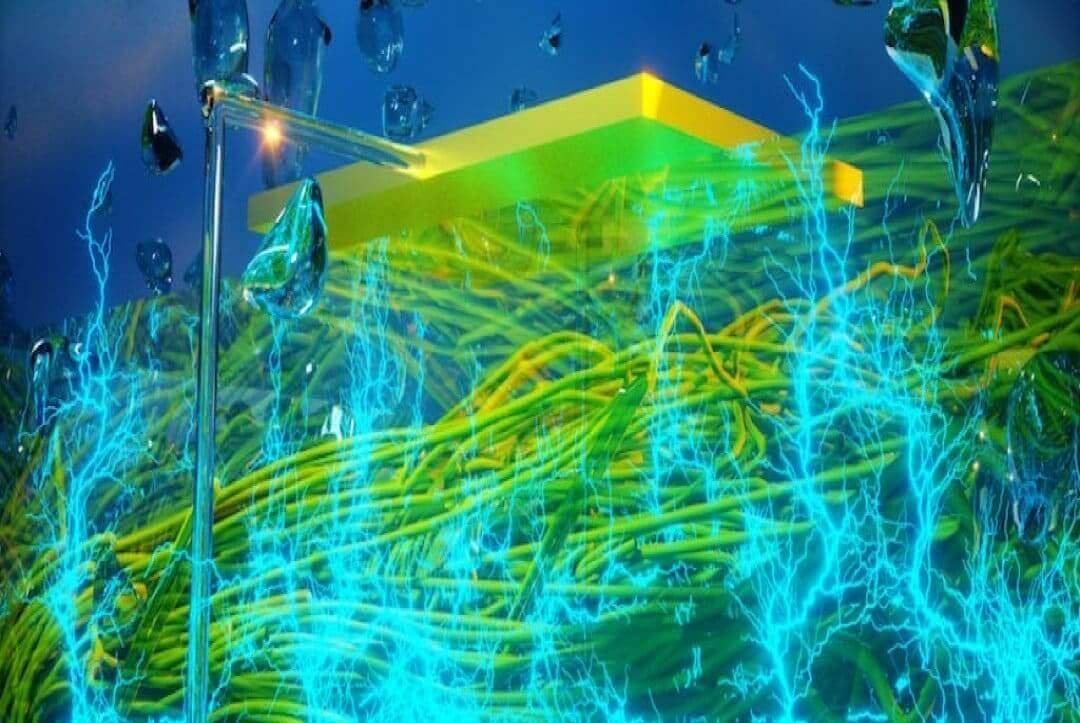Advancements in Energy Harvesting with Nanopore:
In our quest for sustainable energy sources, researchers have been exploring innovative technologies that harness the power of nature in creative ways. One such advancement is energy harvesting with nanopores, a promising field that holds the potential to revolutionize the way we generate electricity. In this article, we will delve into the technology, principles, advantages, applications, and challenges of energy harvesting with nanopores.
Understanding Nanopores
Nanopores are tiny, nanometer-scale openings that can be found in various materials, including biological membranes, synthetic polymers, and solid-state materials. These minuscule structures serve as the foundation for energy harvesting technologies due to their unique physical properties. One of the most well-known nanopores is found in biological systems, such as ion channels in cells.
The Principle of Energy Harvesting with Nanopores
Energy harvesting with nanopores is grounded in the principle of osmotic pressure and the flow of ions. When a nanopore is immersed in a solution with a higher ion concentration on one side and a lower concentration on the other, ions tend to flow through the nanopore to equalize the concentration gradient. This natural flow of ions creates a potential difference, resulting in a flow of electrical current, which can be harnessed as electricity.
Advantages of Nanopore Energy Harvesting
- Sustainability: Nanopore energy harvesting is a sustainable and environmentally friendly method of generating electricity. It relies on the natural movement of ions, which is abundant in various natural and man-made environments.
- Scalability: Nanopore-based energy harvesting can be scaled up or down to suit a wide range of applications, from powering small electronic devices to generating electricity on a larger scale.
- Miniaturization: The small size of nanopores allows for the creation of compact and efficient energy harvesting devices, making them ideal for applications where space is limited.
- Longevity: Nanopore-based systems have the potential for extended operational lifespans, as they do not rely on the depletion of finite resources.
Applications of Nanopore Energy Harvesting
- Wearable Electronics: Nanopore energy harvesters can be integrated into wearable devices, such as smartwatches and fitness trackers, to provide a sustainable source of power for these gadgets.
- IoT Devices: The Internet of Things (IoT) relies on a multitude of sensors and devices. Nanopore energy harvesting can enable self-sufficient IoT deployments in remote locations where battery replacement is challenging.
- Environmental Monitoring: Nanopore energy harvesting can power sensors used in environmental monitoring, allowing for continuous data collection in remote or inaccessible areas.
- Healthcare Devices: Medical implants and sensors could benefit from nanopore energy harvesting, as it offers a sustainable and potentially infinite power source for devices like pacemakers and glucose monitors.
Challenges in Nanopore Energy Harvesting
While nanopore energy harvesting shows great promise, there are several challenges that need to be addressed for its widespread adoption:
- Power Density: The power density of nanopore energy harvesting systems is still relatively low compared to traditional energy sources. Improving the power density will enable the use of nanopore energy harvesting in a wider range of applications, especially those requiring higher power requirements.
- Durability: Nanopores can be prone to fouling or clogging, which can significantly impact their performance and lifespan. Developing durable nanopore materials and effective cleaning techniques is crucial for long-term reliability and maintenance-free operation.
- Cost: The fabrication and integration of nanopore energy harvesting systems can be expensive, limiting their commercial viability. Reducing the cost of fabrication and improving the scalability of production processes will play a crucial role in making nanopore energy harvesting more accessible.
- Integration: Integrating nanopore energy harvesting systems with existing electronic devices and systems can present technical challenges. Developing efficient interfaces and power management circuits will be essential for seamless integration and optimal energy utilization.
Conclusion
Energy harvesting with nanopores represents a cutting-edge technology that harnesses the natural flow of ions to generate electricity sustainably. With numerous advantages, including sustainability, scalability, and miniaturization, nanopore energy harvesting holds great promise for a wide range of applications, from wearable electronics to environmental monitoring. However, overcoming challenges related to efficiency, material selection, scaling up, and adapting to environmental conditions is essential for realizing the full potential of this innovative technology. As researchers continue to make advancements in this field, we can look forward to a future where nanopores play a significant role in meeting our energy needs while minimizing environmental impact.
